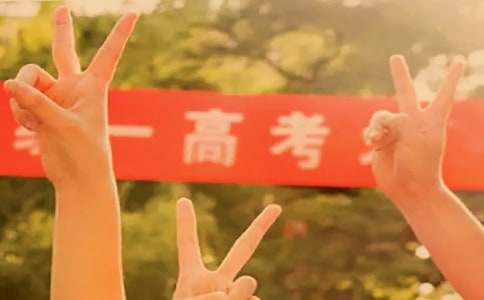高考作文The Mid-Autumn Festival
The Mid-Autumn Festival falls on the 15th day of the 8th lunar month, usually in October in Gregorian calendar.

The festival has a long history. In ancient China, emperors followed the rite of offering sacrifices to the sun in spring and to the moon in autumn. Historical books of the Zhou Dynasty had had the word "Mid-Autumn". Later aristocrats and literary figures helped expand the ceremony to common people. They enjoyed the full, bright moon on that day, worshipped it and expressed their thoughts and feelings under it. By the Tang Dynasty (618-907), the Mid-Autumn Festival had been fixed, which became even grander in the Song Dynasty (960-1279). In the Ming (1368-1644) and Qing (1644-1911) dynasties, it grew to be a major festival of China.
Folklore about the origin of the festival go like this: In remote antiquity, there were ten suns rising in the sky, which scorched all crops and drove people into dire poverty. A hero named Hou Yi was much worried about this, he ascended to the top of the Kunlun Mountain and, directing his superhuman strength to full extent, drew his extraordinary bow and shot down the nine superfluous suns one after another. He also ordered the last sun to rise and set according to time. For this reason, he was respected and loved by the people and lots of people of ideals and integrity came to him to learn martial arts from him. A person named Peng Meng lurked in them.
【高考作文The Mid-Autumn Festival】相關(guān)文章:
Mid-Autumn festival六年級(jí)英語(yǔ)作文12-17
Mid-Autumn Festival高一年級(jí)中秋節(jié)英語(yǔ)作文09-04
用festival造句01-17
The Double Ninth Festival作文01-17
The Lantern Festival節(jié)日日記03-30
英語(yǔ)作文素材《Chinese Spring Festival》05-10
寫(xiě)春節(jié)的英語(yǔ)作文spring festival11-20
